The ancient fortress of Masada, perched majestically atop a rocky plateau in the Judean Desert, bears witness to one of the most compelling and tragic events in Jewish history – the Roman Siege of Masada. This historic confrontation between the Roman Empire and a group of Jewish rebels serves as a poignant reminder of the relentless struggle for freedom and the tragic consequences of war. In this post, we delve into the dramatic account of the Roman Siege of Masada, uncovering the events that unfolded and the lasting impact on Jewish identity and history.
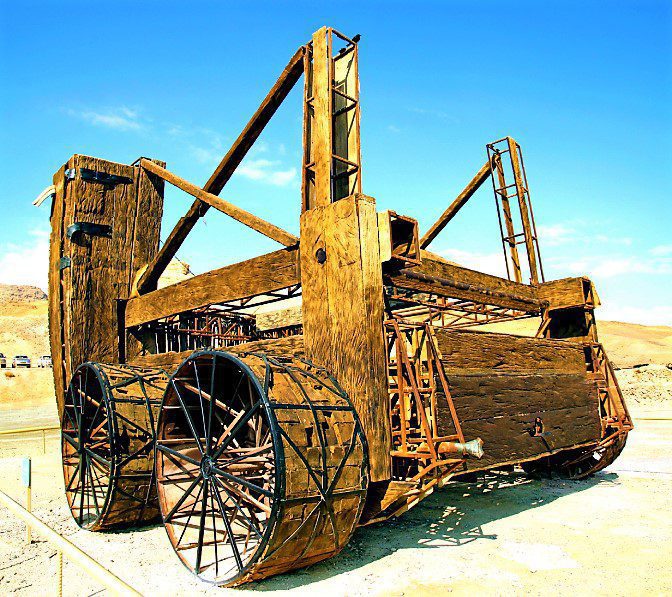
The Roman Siege of Masada occurred in the first century CE during the Jewish-Roman War. Following the destruction of the Second Temple in Jerusalem in 70 CE, Jewish rebels sought to resist Roman oppression and reclaim their sovereignty in Judea.
The Fortress of Masada:
Built by Herod the Great, Masada was a formidable stronghold equipped with robust fortifications, cisterns, and living quarters. Situated atop a steep plateau, it was a natural fortress that offered a strategic advantage to its defenders.
The Romans at Masada
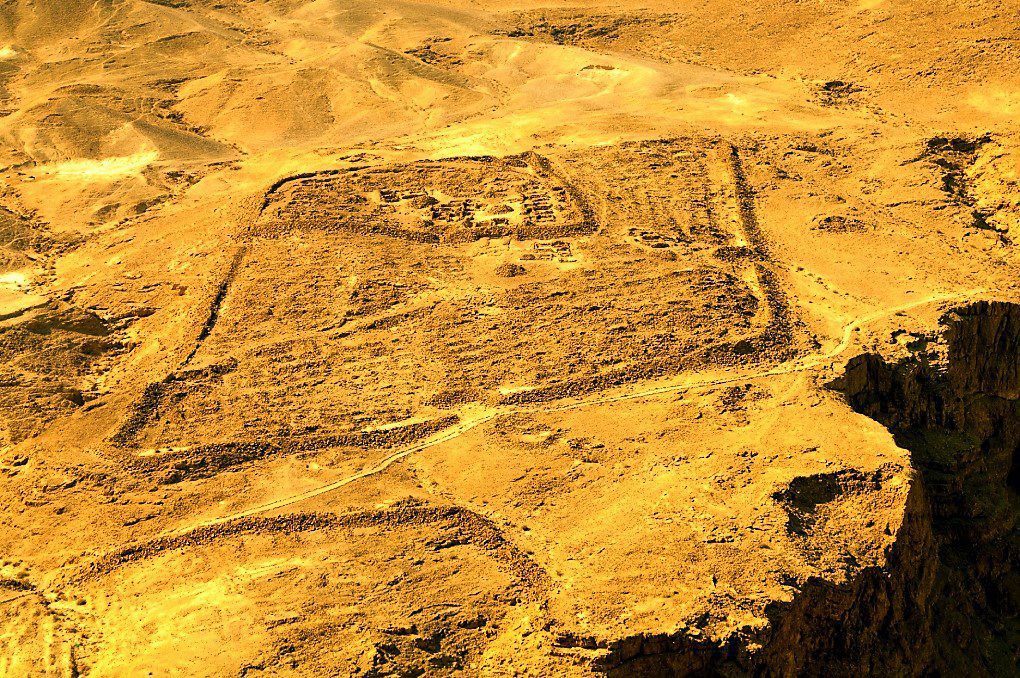
The Zealots’ Defiance:
During the Jewish-Roman War, a group of Jewish Zealots, led by Eleazar ben Ya’ir, took control of Masada and used it as their base of operations. They refused to submit to Roman rule, vowing to fight for their freedom until the end.
Masada Ultimate Guide
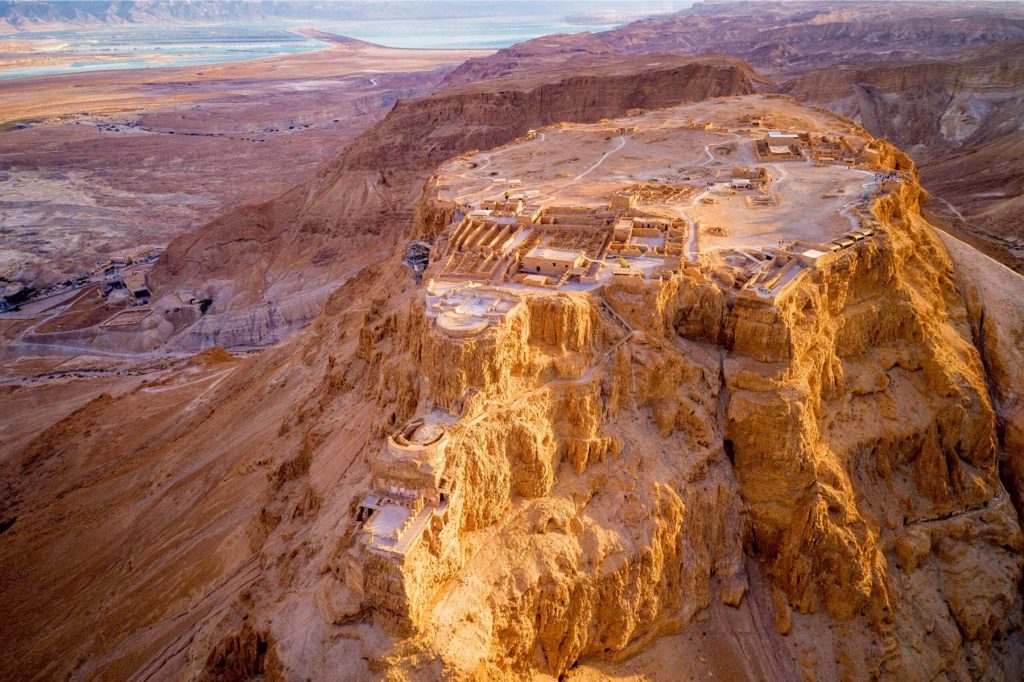
The Roman Siege:
In 73 CE, the Roman Tenth Legion, led by Flavius Silva, laid siege to Masada, determined to crush the last vestiges of Jewish resistance. The Romans constructed a massive siege ramp to breach the fortress walls, but the defenders held their ground tenaciously.
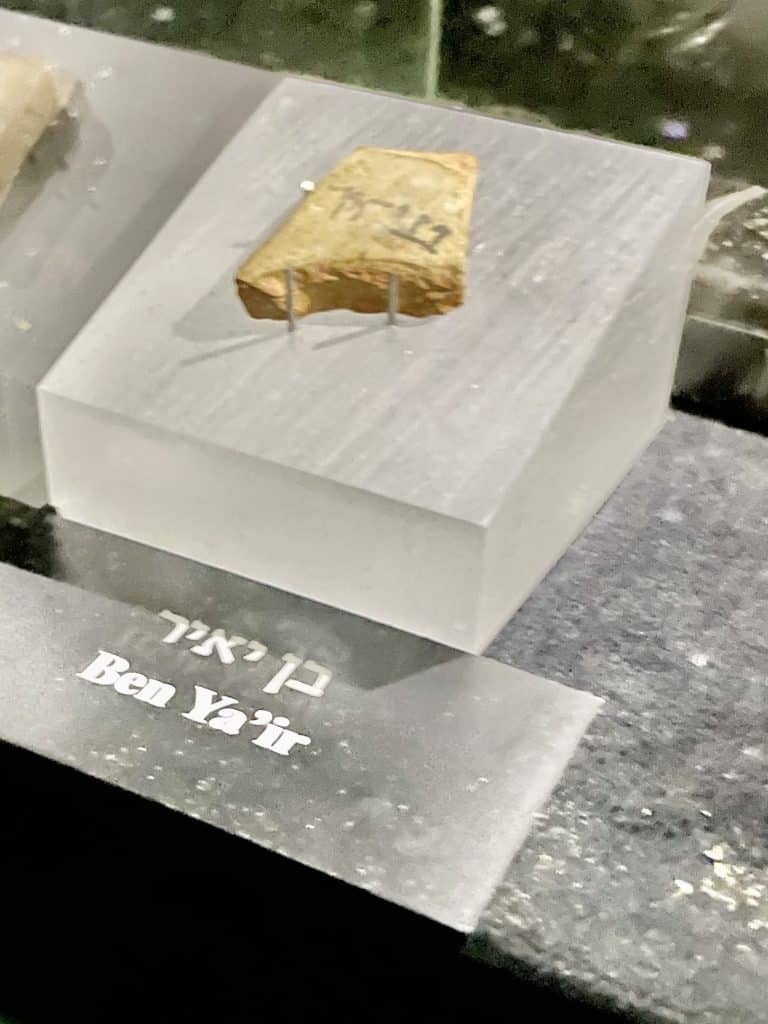
Siege of Masada: The Tragic End
Despite the Romans’ relentless efforts, the Jewish rebels inside Masada resisted capture. As the Roman forces finally breached the fortress, they were met with a heart-wrenching sight. The defenders had taken their own lives rather than surrender to slavery and humiliation.
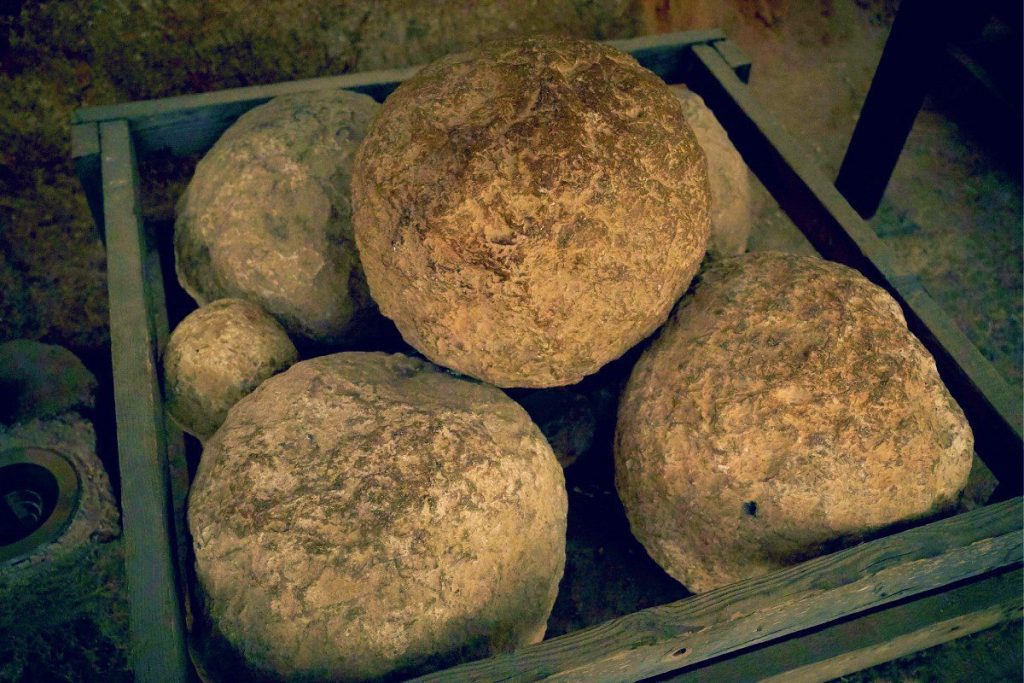
A Contested Legacy:
The events at Masada have been the subject of much historical debate and scholarly discussion. Some question the historical accuracy of certain aspects of the account, while others emphasize its significance in shaping Jewish identity and national consciousness.
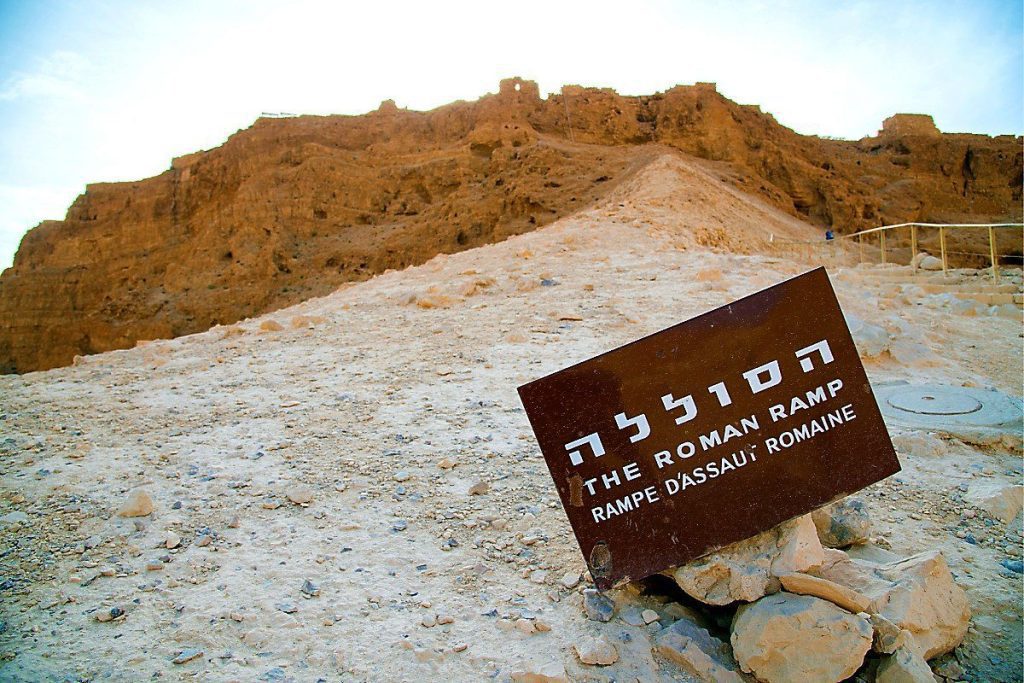
Symbol of Resistance and Remembrance:
Masada has become an enduring symbol of Jewish resistance against oppression and tyranny. Its tragic end evokes both pride and sorrow, serving as a solemn reminder of the price paid for freedom and the indomitable spirit of the Jewish people.
Siege of Masada: Conclusions
The Roman Siege of Masada remains a haunting chapter in Jewish history, a testament to the unyielding will to resist and the unbearable cost of war. The tragic events at this ancient fortress are a poignant reminder of the human toll of conflict and the enduring quest for freedom and dignity.
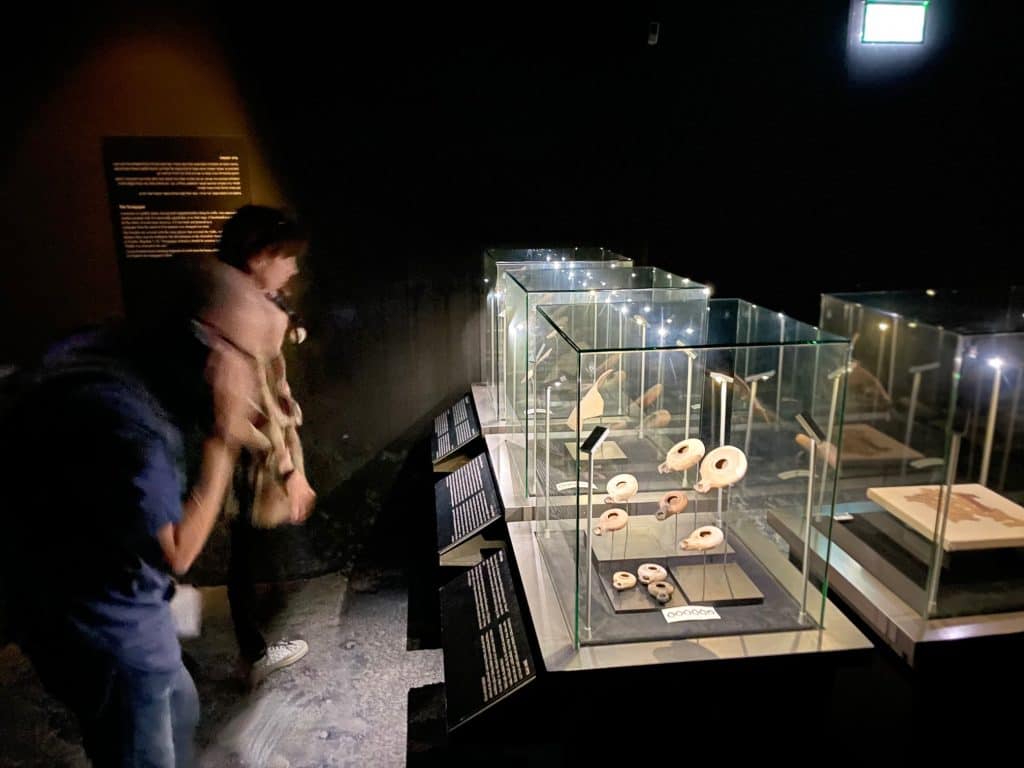
Today, Masada stands as a symbol of courage and resistance, a sacred place of remembrance where the memory of those who fought for freedom and justice is honored and cherished. As visitors stand atop the mighty plateau of Masada, they are reminded of the complexities of history and the power of collective memory to shape the present and inspire a future that embraces peace, understanding, and compassion.







